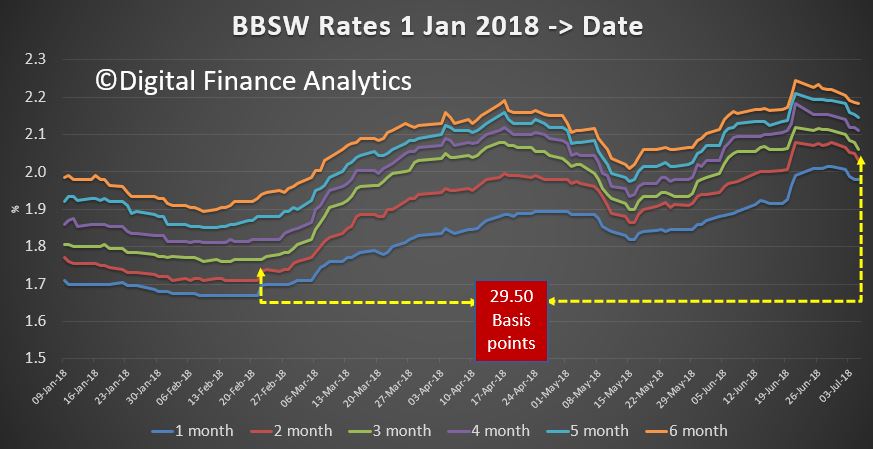The chairman of APRA has suggested that digital distribution and servicing could threaten the existence of branch and broker networks.
The chairman of the prudential regulator, Wayne Byres, was speaking at the 2018 Curious Thinkers Conference in Sydney on Monday (24 September) when he outlined a “clash of predictions” for the future of the financial sector.
Stating that the pace of change “makes predicting the future difficult, and is why the crystal balls of even the most well informed are cloudy”, Mr Byres said that “everyone agrees major change is inevitable”.
Noting that it was “clear” that companies, regulators and international agencies are “all grappling to predict the impact that technology-enabled innovation will have on the structure of the financial sector and the viability of existing business models”, Mr Byres conceded that the “consensus also seems to be that it is too soon to tell whether the financial world faces evolution or revolution”.
Despite this, the chairman of the Australian Prudential Regulation Authority (APRA) told delegates that whatever the future scenario is, the “production and delivery of financial services will change”.
“Put simply, many traditional business models will no longer be competitive without significant change driven by technological investment,” Mr Byres said.
“Moreover, some incumbents will struggle to afford that investment; for others, the challenge will be successfully managing a large transformation program.”
Later in his speech, the APRA chairman forewarned that while most technological advancements in finance have previously “worked to enhance the market positioning of the major incumbents”, the future will “likely be different”.
Despite several futurists suggesting that brokers will survive digital disruption and others outlining that brokers will become more crucial in the future as trust in finance deteriorates, Mr Byres suggested that broker networks could be under threat in the future.
He stated: “New technologies have dramatically lowered barriers to entry. Cloud computing, for example, allows small organisations to operate innovative financial services without the need to maintain their own costly infrastructure and support staff.
“The advent of digital distribution and servicing removes the need for branch and broker networks.
“Open banking and comprehensive credit reporting will help new competitors to challenge established players. And, of course, regulators are making it easier to navigate the process of entry into the regulated financial system. Taken together, competition in the supply of financial services will only intensify.”
In conclusion, Mr Byres said that APRA’s role was to “make sure regulated entities are resilient and responsive to change, but not protected from it”, adding that while the regulator is responsible for promoting stability, “that does not mean standing in the way of change”.
He added: “Ensuring regulated entities are well managed, soundly capitalised and able to withstand severe stresses is designed to protect the interests of their depositors, policyholders or members.
“But to be clear, it is not APRA’s role to protect incumbent players when better, safer and more efficient ways of doing business emerge.
“Ultimately, we seek to look at it with a sharp focus on what is in the longer-run interests of their depositors, policyholders or members — not the business itself, or its owners — and make sure that boards and management are doing likewise.
“If that means their time is up, so be it. Our role then becomes ensuring they make an orderly exit from the industry.”
FBAA hits out at comments
The executive director of the Finance Brokers Association of Australia (FBAA), Peter White, hit out at the comments made by Mr Byres yesterday, telling The Adviser: “As it is, I certainly and completely disagree with this as being a current or near-term situation.”
The head of the FBAA highlighted that its research had recently showed that nearly 95 per cent of broker clients were satisfied with their broker, adding that more than half of the borrowing population uses a broker.
“So, digital distribution is not supported by fact,” Mr White said.
While the head of the FBAA suggested that digital home loans without any human intervention may be commonplace in 20 years’ time, he added that “we are a long way from this” in the near future.
Mr White told The Adviser: “For now, most people want to transact their home loan with a person, not a screen, and this won’t change for some time. Let alone the technical and legal barriers that still exist, the human element is still far more desired.”
In a shot across the bow, Mr White concluded: “So, for now (and once again), APRA seems to be out of touch with reality and people. Possibly they should be more so focused on their governance of ADIs given what we’ve all witnessed in the [banking] royal commission rather than out-of-focus speculation.”









